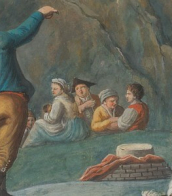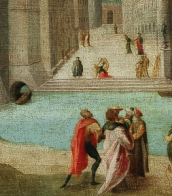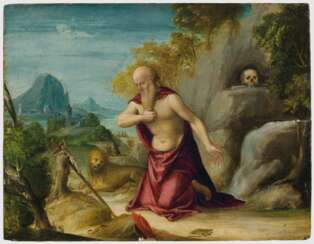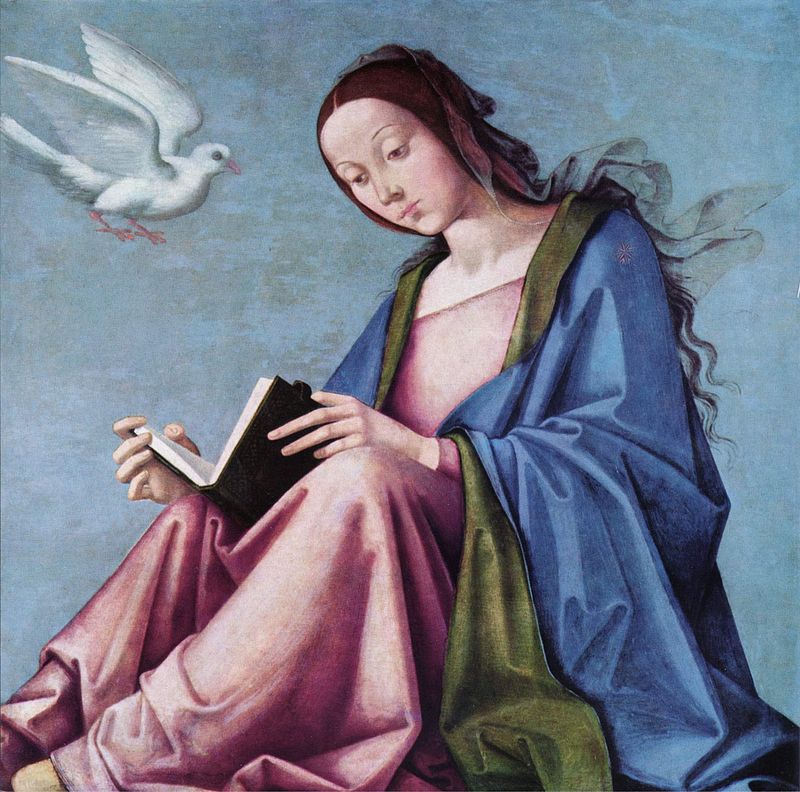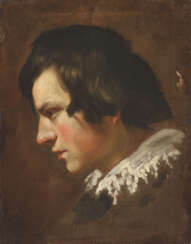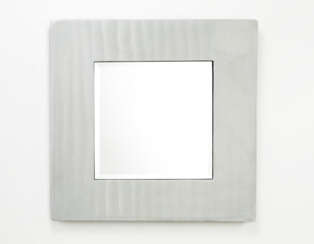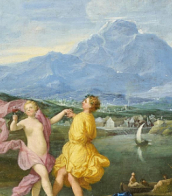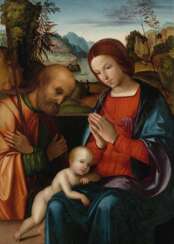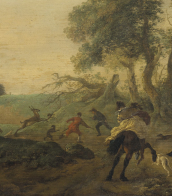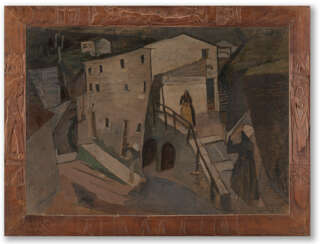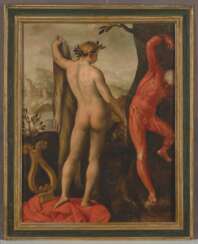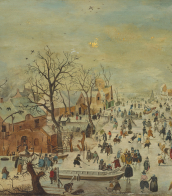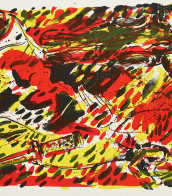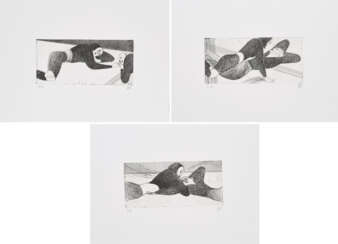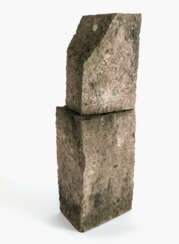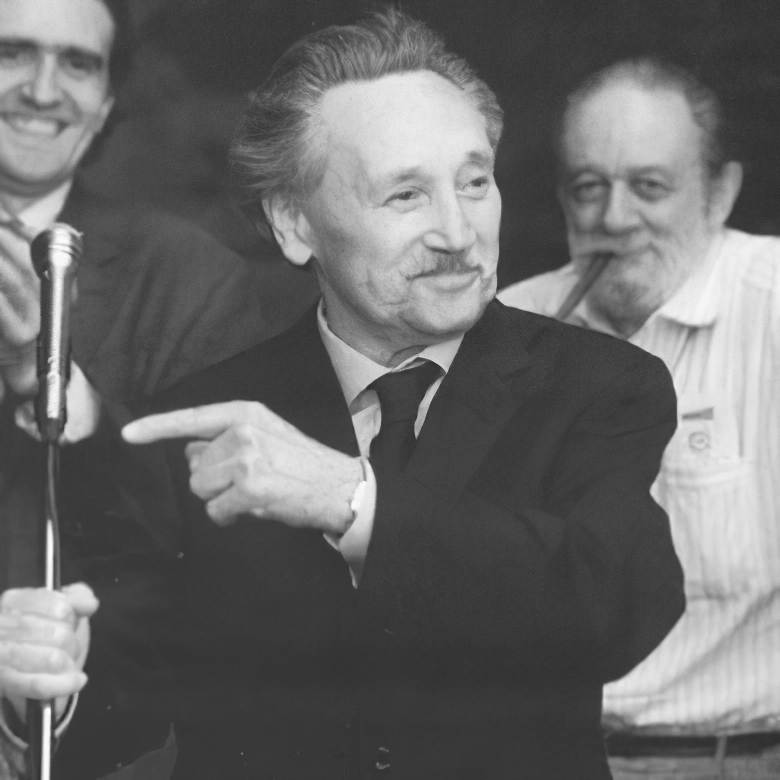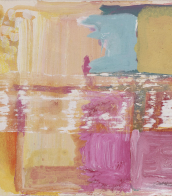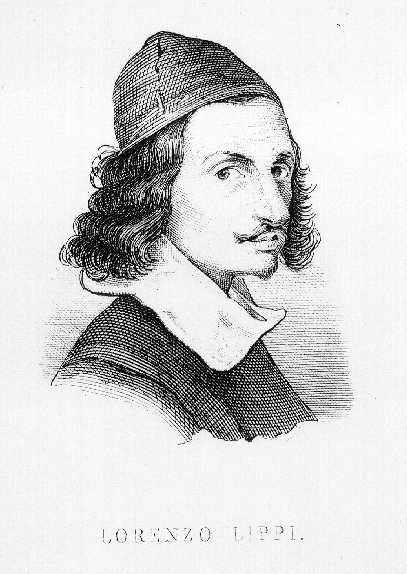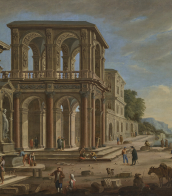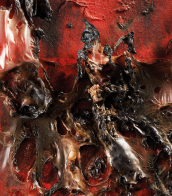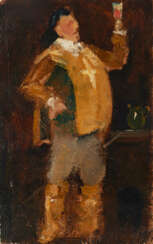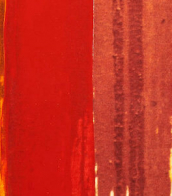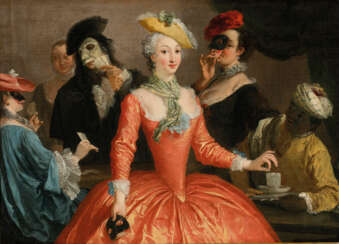лоренцо
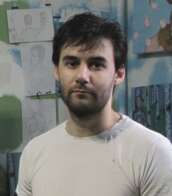
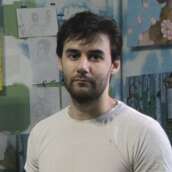


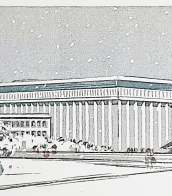
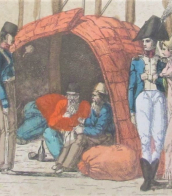
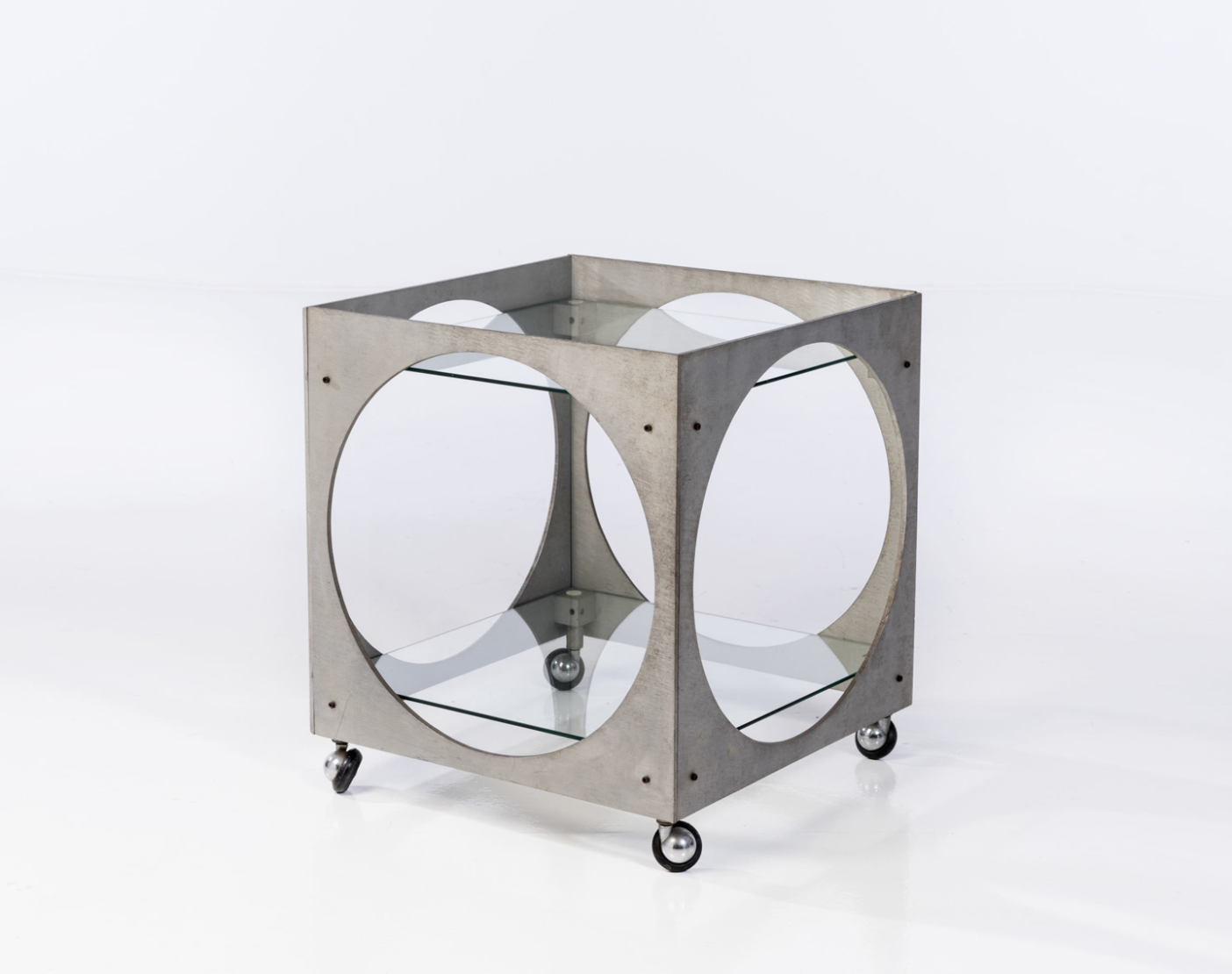
Lorenzo Burchiellaro est un designer et sculpteur italien. Ses matériaux de prédilection étaient toutes sortes de métaux : de l'or et de l'argent au bronze, en passant par le laiton, l'aluminium, le zinc et l'étain jusqu'au cuivre.
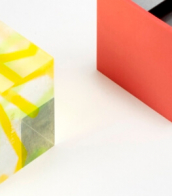

Lorenzo Burchiellaro est un designer et sculpteur italien. Ses matériaux de prédilection étaient toutes sortes de métaux : de l'or et de l'argent au bronze, en passant par le laiton, l'aluminium, le zinc et l'étain jusqu'au cuivre.


Lorenzo Quaglio was an Italian-born German painter of the first half of the 19th century. He is known as a painter, landscape painter, genre painter and lithographer of the German Biedermeier period, a member of the Quaglio dynasty of artists, brother of the famous architect-artist Domenico Quaglio.
Lorenzo Quaglio worked early in his career as a decorator for the court of the Bavarian Electorate and the national theater in Munich. He traveled frequently in the Bavarian and Tyrolean Alps, which inspired him to create. His works predominantly depicted scenes from the peasantry of Upper Bavaria. He also executed on stone copies of paintings from the Dresden Gallery. In 1812, he created his first lithograph with nature scenes, and from 1820 he studied Bavarian folk costume. Later he worked on the decoration of the Swan Knight Hall in Hohenschwangau Castle.


Giovanni Lorenzo Bernini, an Italian artist, is celebrated as one of the most remarkable sculptors and architects of the Baroque era. Born in Naples in 1598, Bernini's family moved to Rome when he was a child, where he spent most of his life shaping the city's artistic landscape. His prodigious talent emerged early, evident in works created in collaboration with his father, Pietro Bernini, and soon caught the attention of influential patrons like Cardinal Scipione Borghese and Pope Paul V.
Bernini's work, characterized by dynamic and exuberant style, spanned various genres including portraiture, tomb sculpture, and religious and mythological representations. His ability to turn marble into lifelike figures and scenes, blending realism with emotional intensity, was unparalleled. Key works like "Aeneas and Anchises," "Pluto and Proserpina," and "Apollo and Daphne" exemplify this mastery.
Not confined to sculpture, Bernini was also an accomplished architect, contributing significantly to the architectural landscape of Rome. His involvement with St. Peter's Basilica, notably the Baldacchino and the design of St. Peter's Square, reflect his vision of merging architecture with sculpture to create a cohesive and impactful experience. His work on the Cornaro Chapel, including the famous "The Ecstasy of Saint Teresa," showcases this integration, combining sculpture, architecture, and light to stunning effect.
Bernini's influence extended beyond Rome. In 1665, he was invited by Louis XIV to France to work on the Louvre, though his architectural designs were not realized. His portrait bust of Louis XIV, however, remains a testament to his skill in capturing not just the likeness but the essence of his subjects.
A man of deep faith, Bernini's works often reflected his religious devotion, though he was also known for his caricatures and playful sketches, revealing a lighter side to his personality. His artistic legacy, characterized by the fusion of various art forms and the dramatic use of light and space, continues to influence and inspire.
For collectors and experts in art and antiques, Bernini's works remain a pinnacle of Baroque artistry, a testament to his innovative spirit and technical brilliance. His pieces, found in museums and galleries, continue to draw admiration for their emotional depth and exquisite craftsmanship.
Stay updated on new discoveries and sales of Bernini's works by signing up for our newsletter, exclusively focused on his art and upcoming auction events.
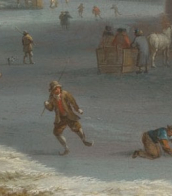

Lorenzo Burchiellaro est un designer et sculpteur italien. Ses matériaux de prédilection étaient toutes sortes de métaux : de l'or et de l'argent au bronze, en passant par le laiton, l'aluminium, le zinc et l'étain jusqu'au cuivre.

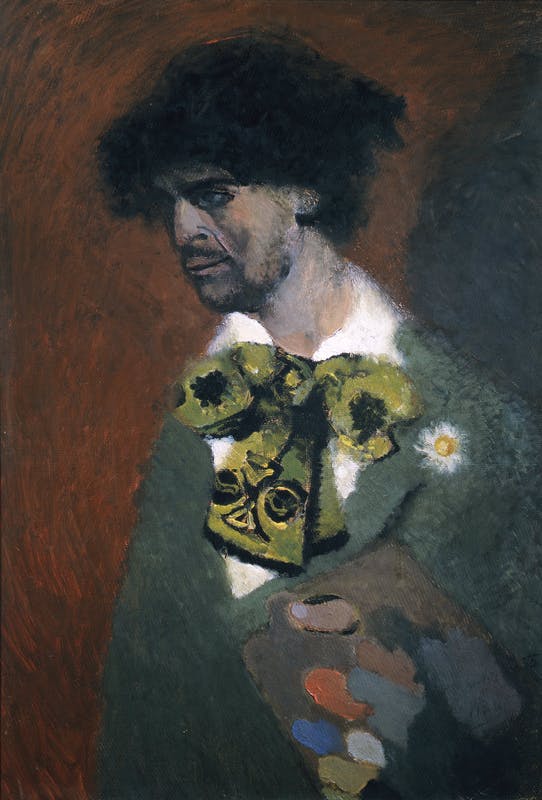
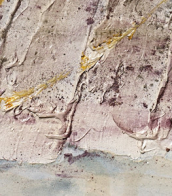


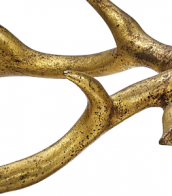

Donato di Niccolò di Betto Bardi, better known as Donatello, sculptor of the Renaissance period. Born in Florence, he studied classical sculpture and used this to develop a complete Renaissance style in sculpture. He spent time in other cities, and while there he worked on commissions and taught others; his periods in Rome, Padua, and Siena introduced to other parts of Italy his techniques, developed in the course of a long and productive career. Financed by Cosimo de' Medici, Donatello's David was the first freestanding nude male sculpture since antiquity.
He worked with stone, bronze, wood, clay, stucco, and wax, and had several assistants, with four perhaps being a typical number. Although his best-known works mostly were statues in the round, he developed a new, very shallow, type of bas-relief for small works, and a good deal of his output was larger architectural reliefs.

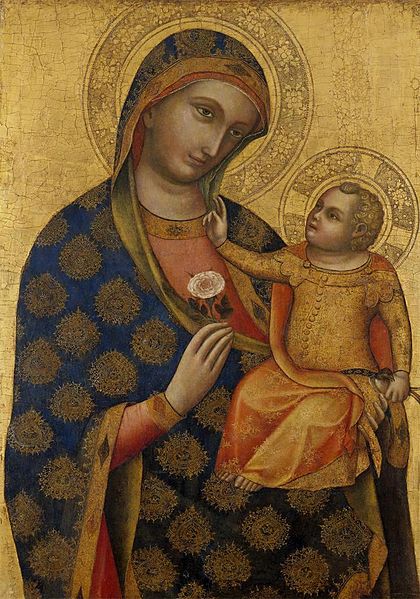
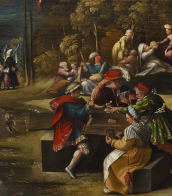

Giovanni Lorenzo Bernini, an Italian artist, is celebrated as one of the most remarkable sculptors and architects of the Baroque era. Born in Naples in 1598, Bernini's family moved to Rome when he was a child, where he spent most of his life shaping the city's artistic landscape. His prodigious talent emerged early, evident in works created in collaboration with his father, Pietro Bernini, and soon caught the attention of influential patrons like Cardinal Scipione Borghese and Pope Paul V.
Bernini's work, characterized by dynamic and exuberant style, spanned various genres including portraiture, tomb sculpture, and religious and mythological representations. His ability to turn marble into lifelike figures and scenes, blending realism with emotional intensity, was unparalleled. Key works like "Aeneas and Anchises," "Pluto and Proserpina," and "Apollo and Daphne" exemplify this mastery.
Not confined to sculpture, Bernini was also an accomplished architect, contributing significantly to the architectural landscape of Rome. His involvement with St. Peter's Basilica, notably the Baldacchino and the design of St. Peter's Square, reflect his vision of merging architecture with sculpture to create a cohesive and impactful experience. His work on the Cornaro Chapel, including the famous "The Ecstasy of Saint Teresa," showcases this integration, combining sculpture, architecture, and light to stunning effect.
Bernini's influence extended beyond Rome. In 1665, he was invited by Louis XIV to France to work on the Louvre, though his architectural designs were not realized. His portrait bust of Louis XIV, however, remains a testament to his skill in capturing not just the likeness but the essence of his subjects.
A man of deep faith, Bernini's works often reflected his religious devotion, though he was also known for his caricatures and playful sketches, revealing a lighter side to his personality. His artistic legacy, characterized by the fusion of various art forms and the dramatic use of light and space, continues to influence and inspire.
For collectors and experts in art and antiques, Bernini's works remain a pinnacle of Baroque artistry, a testament to his innovative spirit and technical brilliance. His pieces, found in museums and galleries, continue to draw admiration for their emotional depth and exquisite craftsmanship.
Stay updated on new discoveries and sales of Bernini's works by signing up for our newsletter, exclusively focused on his art and upcoming auction events.

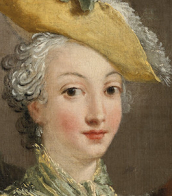


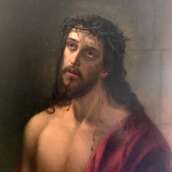
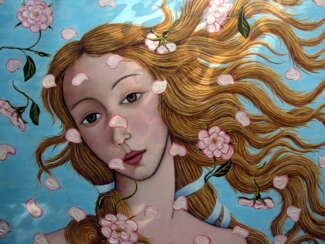

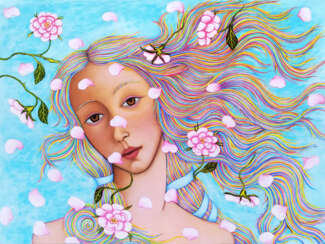



![Болдырев, И.В. Пребывание их императорских величеств и высочеств в Новочеркасске, 5—7 мая 1887 г.: [Альбом фотографий] / Фотографировал днем и ночью И. Болдырев (дон. казак).](/assets/image/picture_2330822/7e631/nvdh7h3e8uiwvrwxrhygdxbok7zekvc42s2zhsmwryohysu1dkso4wguge1oasas1661797294jpg__fix_374_244.jpeg)
![Болдырев, И.В. Пребывание их императорских величеств и высочеств в Новочеркасске, 5—7 мая 1887 г.: [Альбом фотографий] / Фотографировал днем и ночью И. Болдырев (дон. казак).](https://veryimportantlot.com/assets/image/picture_2330822/7e631/nvdh7h3e8uiwvrwxrhygdxbok7zekvc42s2zhsmwryohysu1dkso4wguge1oasas1661797294jpg__fix_374_244.jpeg)









